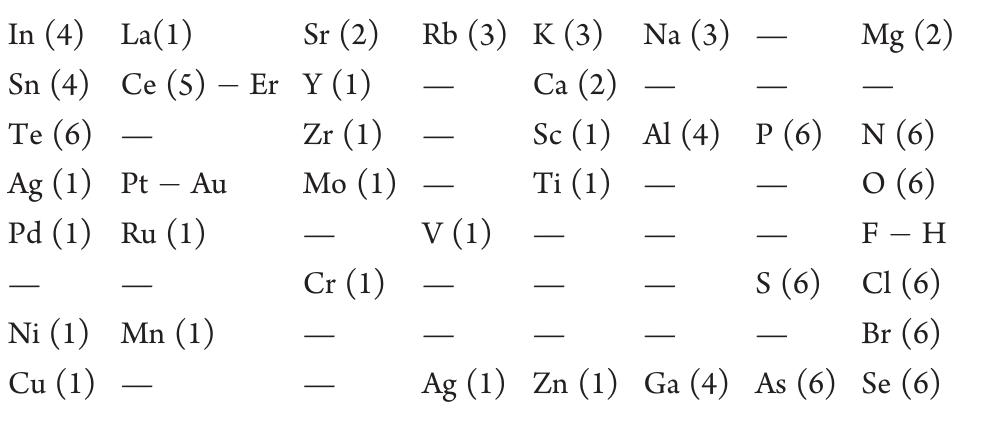Key research themes
1. How can isotopic variations be effectively integrated into educational and reference periodic tables to enhance chemical understanding?
This research theme focuses on expanding the traditional periodic table presentation by incorporating isotopic data, reflecting the natural isotopic diversity of elements. It matters because isotopic variations impact atomic weights, chemical behavior, and real-world elemental properties, but are often overlooked in classical tables. Accurate representation of isotopic abundances in educational and reference contexts enables deeper conceptual understanding and practical application across chemistry disciplines.
2. What are the philosophical and structural considerations informing proposals for redefining or optimizing the periodic table layout?
This area investigates conceptual, historical, and quantum mechanical arguments to reassess how the periodic table should best organize elements for clarity, regularity, and representation of chemical properties. Efforts include addressing contentious placements (e.g., Group 3 composition), exploring expanded formats, and philosophical notions such as natural kinds and classification optimization—work that is crucial for evolving the periodic table beyond tradition while maintaining or improving usability for chemists and educators.
3. How can chemical element similarities and classifications be derived and validated through data-driven approaches such as neural networks and network theory?
This theme explores computational and mathematical methodologies to uncover element associations based on physical, chemical, and relational properties, complementing or challenging traditional periodic classification. Such approaches enable unbiased discovery of periodicity and groupings by analyzing compound formation, element properties, or associative patterns, advancing the theoretical understanding of the periodic table’s foundations and providing new classification perspectives aligning with observed chemistry.





























